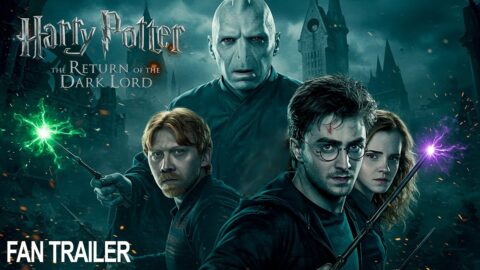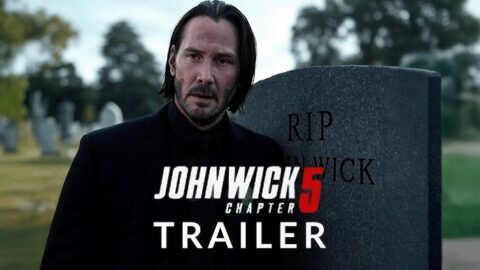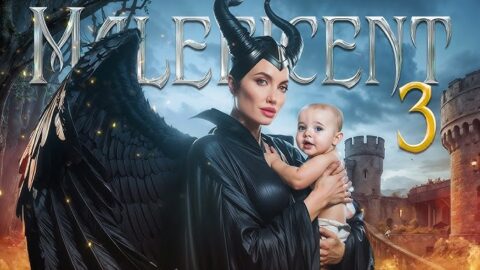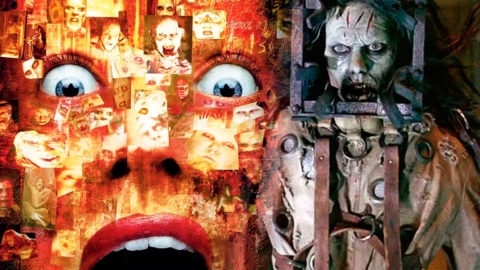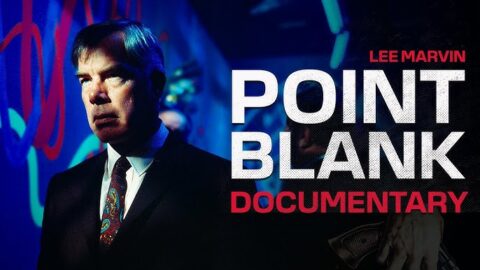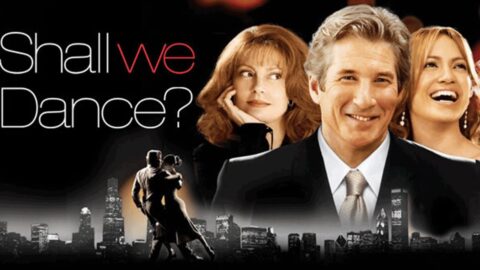Directed by the legendary Alfred Hitchcock, Strangers on a Train is a gripping psychological thriller that explores the dark undercurrents of chance encounters and twisted human desires. Based on Patricia Highsmith’s novel, the film stands as a prime example of Hitchcock’s skill in crafting suspenseful narratives that probe the complexities of guilt, fate, and the duality of human nature.
The story begins when two strangers, Guy Haines (Farley Granger), an ambitious tennis player, and Bruno Anthony (Robert Walker), a charismatic but disturbed man, meet by chance on a train. Bruno proposes a sinister pact: each will murder someone the other wants gone, thereby eliminating motive and suspicion. What starts as a seemingly abstract conversation soon spirals into a deadly game of psychological cat-and-mouse.
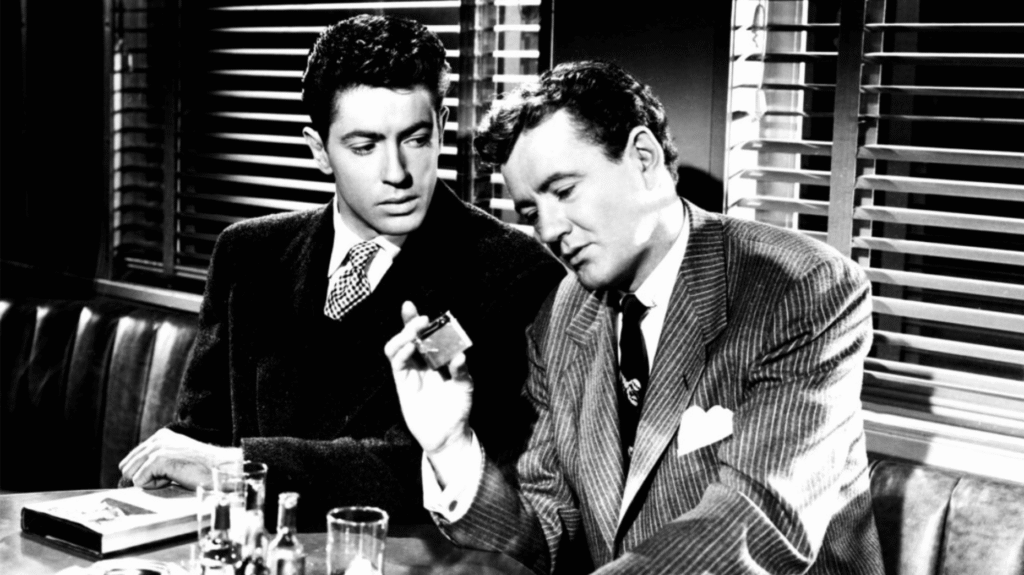
Farley Granger delivers a restrained and conflicted performance as Guy, a man caught between his aspirations and the moral nightmare that unfolds around him. Robert Walker’s portrayal of Bruno is chillingly magnetic—his charm masks a deeply unhinged psyche, making Bruno one of Hitchcock’s most memorable villains. The dynamic between these two actors fuels the film’s tension, balancing charm and menace in equal measure.
Hitchcock’s direction is exemplary in building suspense through carefully constructed scenes, masterful use of shadows, and strategic camera angles that amplify the psychological drama. The film’s pacing is taut, with moments of quiet dread punctuated by sudden bursts of tension, keeping viewers constantly on edge.
The screenplay delves into themes of duality, fate, and the idea that evil can lurk beneath even the most civilized surfaces. The film challenges viewers to question notions of guilt and responsibility as the characters navigate a moral maze with no clear escape.

Visually, Strangers on a Train features iconic scenes—such as the tense carousel climax—that showcase Hitchcock’s flair for symbolic imagery and suspenseful set pieces. The cinematography by Robert Burks employs stark contrasts and evocative compositions that enhance the film’s noir atmosphere.
Complemented by Franz Waxman’s haunting score, the movie creates an immersive experience that lingers long after the credits roll. The score’s eerie motifs heighten the psychological tension, underscoring the characters’ unraveling sanity.
Strangers on a Train remains a timeless classic of suspense cinema, showcasing Hitchcock at his best. Its exploration of obsession, chance, and the human capacity for darkness, combined with stellar performances and masterful filmmaking, ensures its place as a must-watch for thriller aficionados and cinephiles alike.

